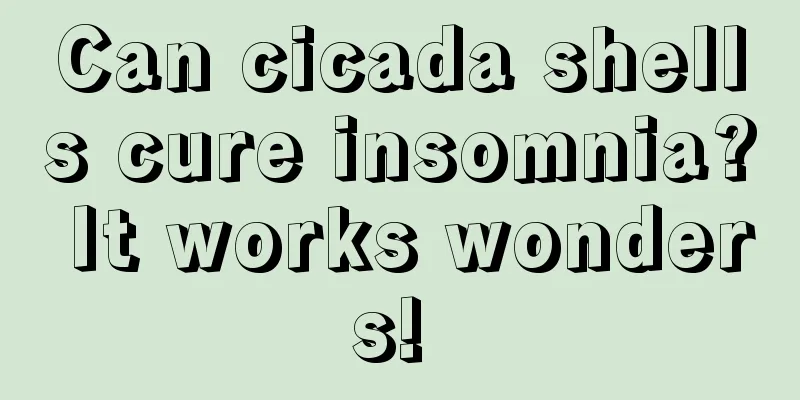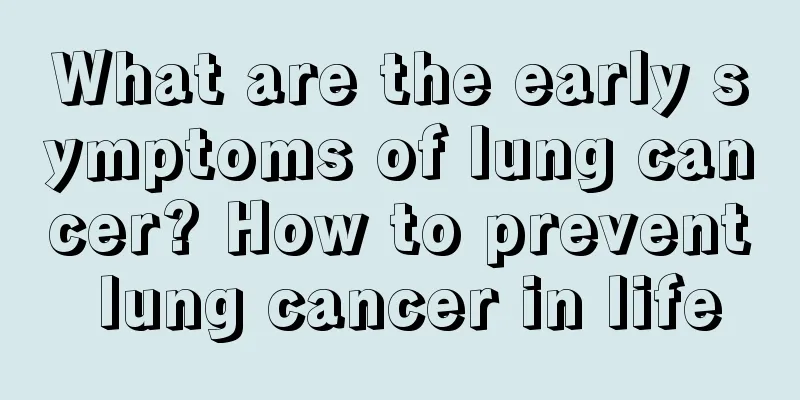How many types of wheal urticaria are there

|
The common name of urticaria is wheal. When the patient is sick, the skin will cause symptoms of wheals, mucosal vasodilation, increased permeability, and it is a localized edema symptom reaction. Usually, the onset time is relatively short, and it will subside in a few minutes to a few hours, but some patients will have repeated attacks, and sometimes the attack will be delayed for months or even years. There are many causes of urticaria, especially chronic urticaria, which has a more complicated cause. For example, our daily diet, some food additives, or inhaled objects, traumatic infection, etc. are all important causes of urticaria. How many types of wheal urticaria are there? 1. Skin scratch urticaria/artificial urticaria The patient's physiological response to weak external mechanical stimulation is enhanced, causing wheals on the skin. After scratching, or when wearing tight belts or garters, the patient will develop local wheals and itching. 2. Delayed dermatographism Skin scratches will cause wheals and erythema 6 to 8 hours after stimulation, and the wheals will last for 24 to 48 hours. There is more than one delayed skin lesion, and small segments or dots are formed along the scratch. The lesions are deeper or wider, and even expand to both sides to form lumps. Local fever and tenderness. 3. Delayed pressure urticaria The rash develops 4 to 6 hours after local skin pressure is applied and usually lasts 8 to 12 hours. Symptoms include localized, deep, painful swelling, which may be accompanied by chills, fever, headache, joint pain, malaise, and a mild increase in white blood cell count. Large local swelling resembles angioedema and is prone to occur on the palms, soles, and buttocks. There may be a 24-hour incubation period before the lesions occur. 4. Cholestatic urticaria The rash is characterized by the occurrence of diffuse small wheals of 1 to 3 mm in size except on the palms and soles, with obvious surroundings. Satellite wheals can sometimes be seen among them, or tiny sparse wheals with or without red halos may be seen. Sometimes the only symptom is itching without wheals. The damage lasts from 30 to 90 minutes, or up to several hours. It mostly occurs during or shortly after exercise, accompanied by itching, tingling, burning, heat or skin irritation. It can also be triggered by heat or emotional tension. 5. Cold urticaria It can be divided into two types: familial and acquired. The former is relatively rare and is inherited in an autosomal dominant manner. A delayed reaction occurs half an hour to four hours after exposure to cold. The rash is a non-itchy wheal that may have a cyanotic center surrounded by a pale halo. The rash lasts for 24 to 48 hours and has a burning sensation, accompanied by systemic symptoms such as fever, joint pain, and increased white blood cell count. The latter is more common, and patients often experience it when the temperature drops suddenly or after contact with cold water. Within minutes, itchy edema and wheals occur locally, most often on the face and hands. In severe cases, other parts of the body may also be affected. Headache, flushing of the skin, low blood pressure, and even fainting may occur. 6. Solar urticaria A few minutes after the skin is exposed to sunlight, itching, erythema and wheals quickly appear locally. The wheal disappears after about 1 to several hours. The rash may be accompanied by chills, fatigue, fainting, and intestinal cramps, which disappear within a few hours. 7. Contact urticaria It is characterized by wheals and erythema when the skin comes into contact with certain allergens. It can be divided into two categories: immune mechanism and non-immune mechanism. Non-immune disease is caused by the direct action of primary irritants on mast cells to release substances such as histamine. Almost all contacts will become ill without the need for substance sensitization. The immunity is a type I allergic reaction, and specific IgE antibodies can be detected. |
<<: What to eat for bronchial cough
Recommend
What are the effects of chrysanthemum tea
As the name suggests, Jinpuju Tea is a tea made b...
Is a persistent cough a sign of lung cancer? Not necessarily
A persistent cough is not necessarily caused by l...
What to do if a girl has a lot of armpit hair
What should girls do if they have too much armpit...
Can nasopharyngeal cancer be transmitted through kissing? What are the dietary treatments?
Can nasopharyngeal cancer be transmitted through ...
How to remove the smell from a leather bag
In life, many women like to buy bags, but many ne...
Can I take multivitamin tablets if I have thyroid cancer?
Thyroid cancer patients can take multivitamin tab...
The dangers of vomiting bile
Pregnant women often experience various reactions...
Are bayberry seeds poisonous?
Bayberry is a sour and sweet fruit that likes to ...
Five early symptoms of nasopharyngeal carcinoma
Nasopharyngeal cancer is often difficult to detec...
Can I get pregnant if the follicle is 17 times 13
The size of the follicle is a direct factor that ...
Can VE be used in facial cream and what are the effects of VE
VE can mostly be used in facial creams, usually t...
Can prostate cysts cause cancer? Can prostate cysts cause prostate cancer?
Many men will suffer from male diseases in life, ...
How long can you live with lymphoma and what are the precautions
How long can you live with lymphoma? What are the...
How to eliminate termites
As the saying goes, know yourself and know your e...
How to relieve diarrhea after eating hot pot
In life, almost everyone likes to eat hotpot, and...









